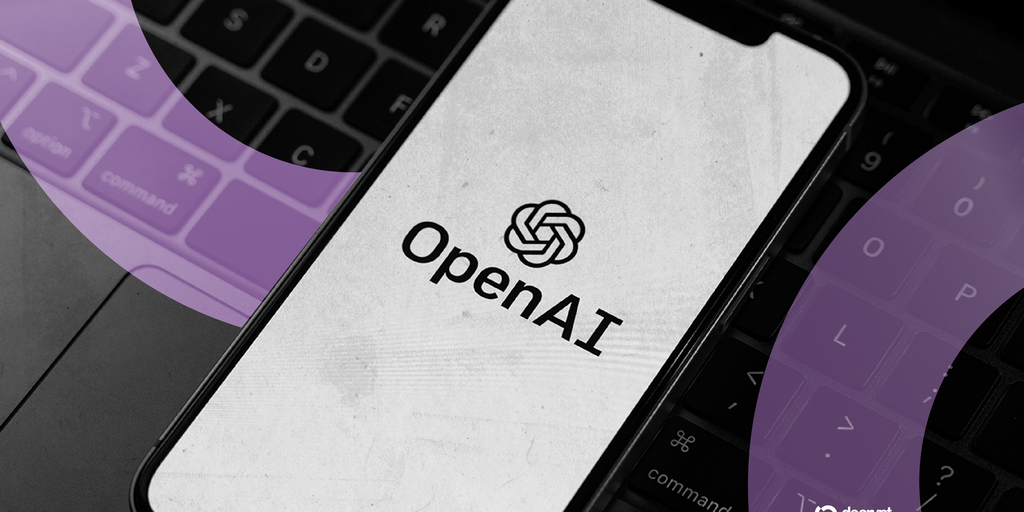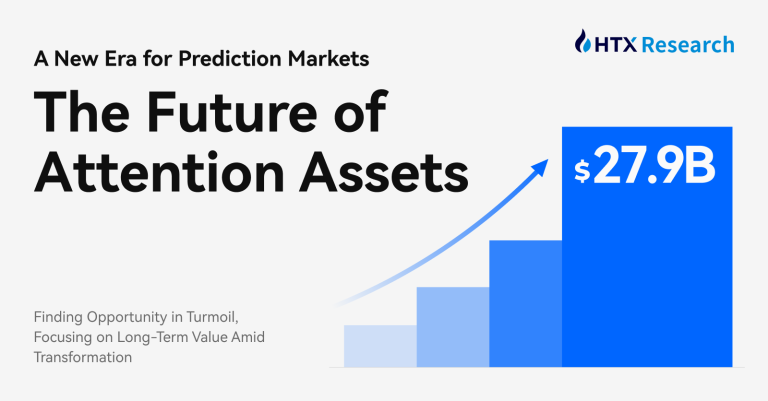
Inside the Deposition That Nearly Dismantled OpenAI
OpenAI, a titan in the artificial intelligence world, has been a subject of heated controversy in recent years. Recent revelations about its internal governance, leadership conflicts, and the startling near-disassembly of the organization have drawn wide attention. Based on new testimony from co-founder Ilya Sutskever, this article delves deeper into the drama that unfolded inside OpenAI and the high-stakes decisions at the heart of its operations.
Leadership Struggles: A Case of Trust and Betrayal
Back in 2023, OpenAI co-founder Ilya Sutskever prepared an extensive 52-page document complete with allegations against then-CEO Sam Altman. The document reportedly accused Altman of fostering a toxic corporate culture, including lying and undermining executives. Much of this evidence stemmed from unverified claims made by one chief source—CTO Mira Murati.
“I trusted Mira completely,” Sutskever admitted in the deposition. “In hindsight, I realize that I didn’t verify the claims as I should have.” The lack of corroboration highlights a rushed—and perhaps inexperienced—board process exacerbated by internal ideological divides.
The Mission Crisis: Merge or Collapse?
Just two days following Altman’s firing, discussions surfaced about merging OpenAI with Anthropic, a competing AI entity. According to Sutskever, Helen Toner, then an OpenAI board member, advocated for the merger as a potential solution, even if it meant dismantling OpenAI entirely. In her view, halting AI development was more aligned with OpenAI’s mission than continuing under Altman’s leadership.
“The executives warned that without Sam, OpenAI would collapse,” Sutskever testified. “But Helen argued that destruction might be consistent with OpenAI’s mission.” Such a viewpoint underscores the deep ideological rifts within the organization—an existential debate about safety, speed, and risk in AI advancements.
Employee Loyalty: A Miscalculated Revolt
Surprisingly, Sutskever and the board underestimated internal turmoil. Following Altman’s termination, approximately 700 of OpenAI’s 770 employees signed a letter demanding his reinstatement. Not only did this swell into a potential employee migration to Microsoft, but it also signaled a deep disconnect between leadership expectations and workforce sentiments. “I didn’t expect them to cheer,” Sutskever admitted, “but I didn’t expect them to strongly oppose either.”
What This Means for AI Development
The OpenAI saga showcases critical lessons about governance, transparency, and strategic alignment. As artificial intelligence continues to evolve, it demands both technical brilliance and organizational stability. Companies navigating this volatile domain must prioritize not just technology, but also robust leadership and careful decision-making processes to balance progress with safety.
Recommended Reading
Curious to learn more about AI-driven technology? Explore innovative books or tools such as “Tools and Weapons: The Promise and the Peril of the Digital Age” by Brad Smith and Carol Ann Browne for insights into the ethics of AI development.
For those wanting to dive deeper into preserving clear, youthful skin in the face of modern stress, consider Drunk Elephant T.L.C. Framboos Glycolic Night Serum. It’s a skincare essential for professionals balancing the demands of high-stakes tech jobs and self-care.



